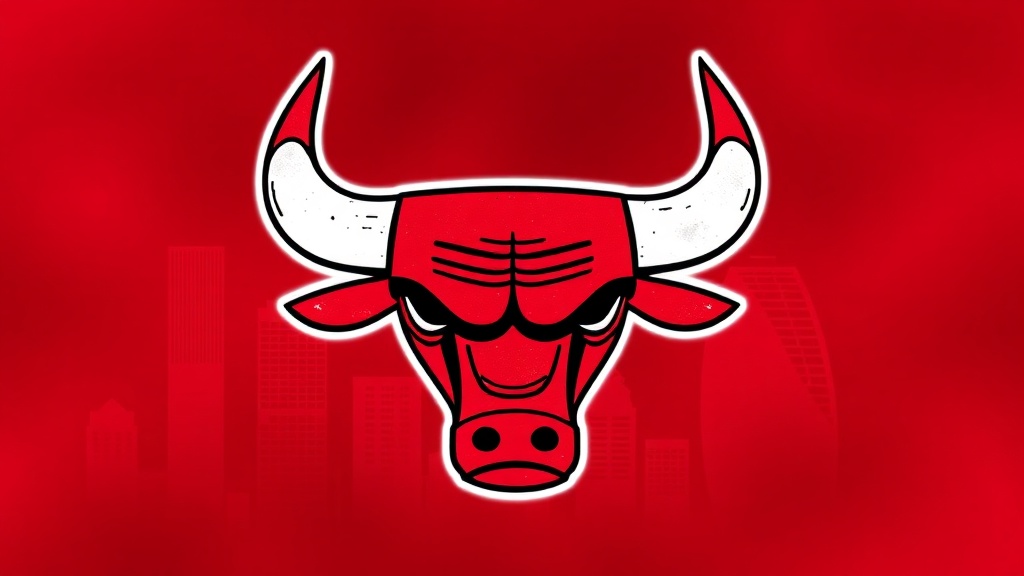Chicago Bulls: What Fans Should Watch as the Team Shapes Its Identity
The Chicago Bulls remain one of the most storied franchises in basketball, blending iconic history with a constant drive to build a competitive future. For fans and observers who care about roster construction, tactical evolution, and the city’s basketball culture, there are several enduring storylines worth following.
Team identity and style of play
The Bulls have been refining an identity that balances spacing, pace, and defensive responsibility. Modern rosters lean into perimeter shooting and playmaking, but the most successful teams still emphasize rim protection and transition defense. Watch how the Bulls prioritize shot selection, ball movement, and pick-and-roll chemistry. Effective spacing around a reliable interior presence opens driving lanes and creates catch-and-shoot opportunities for wings, while disciplined rotations on defense limit easy looks.
Development and player roles
Development of young talent remains central to sustained success. Organizations that invest in player growth—both on-court skills and basketball IQ—see better returns than those constantly cycling veterans. Keep an eye on how role definitions evolve: which players become primary shot creators, which become defensive anchors, and who emerges as a reliable floor spacer.
Minutes management, targeted skill coaching, and strategic matchups all contribute to turning potential into production.
Coaching and adjustments
Coaching philosophy can make or break a squad’s ceiling.
Tactical flexibility—switching defenses, altering pace, and leveraging analytics for lineup decisions—helps teams adapt during long stretches of competition.
Note how in-game adjustments affect scoring runs, how rotations are managed during back-to-backs, and whether the team shows improvement in late-game execution and end-of-game defense.
Front office and roster construction
Smart roster construction blends veteran leadership with young upside, cost-controlled depth, and the occasional high-impact acquisition. The front office’s approach to trades, free agency, and draft capital signals the organization’s timeline. Prioritizing complementary pieces—versatile defenders, reliable shooters, and playmakers who can offload pressure—tends to build a more resilient roster across a long grind.
United Center and fan culture
The United Center is more than an arena; it’s a cultural hub where basketball tradition meets modern fandom.
Bulls fans expect passion, high-energy game nights, and an atmosphere that rewards competitiveness. Community outreach, local partnerships, and in-arena experiences matter—fans respond to teams that connect on and off the court.

Analytics and modern scouting
Analytics now guide shot selection, defensive matchups, and player evaluation. Teams that integrate data with scouting insights gain an advantage in identifying undervalued skills and constructing efficient lineups. Track how analytics influence rotation patterns, three-point prioritization, and defensive assignment choices.
What to watch this stretch
– Emerging rotation pieces who earn consistent minutes
– How the team closes tight games and executes in late possessions
– Defensive metrics (opponent points in the paint, transition points) for signs of improvement
– Three-point rate and shot quality metrics to evaluate offensive efficiency
– Front office moves that indicate a push for the short-term or a patient rebuild
The Bulls’ journey combines legacy with the realities of modern basketball. Fans who watch roster development, coaching adjustments, and statistical trends will get the clearest sense of the team’s trajectory. Stay engaged with game-to-game progress and long-term strategy—those patterns reveal whether the Bulls are building sustainable contention or reshaping for future success.